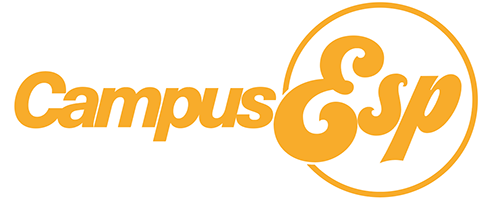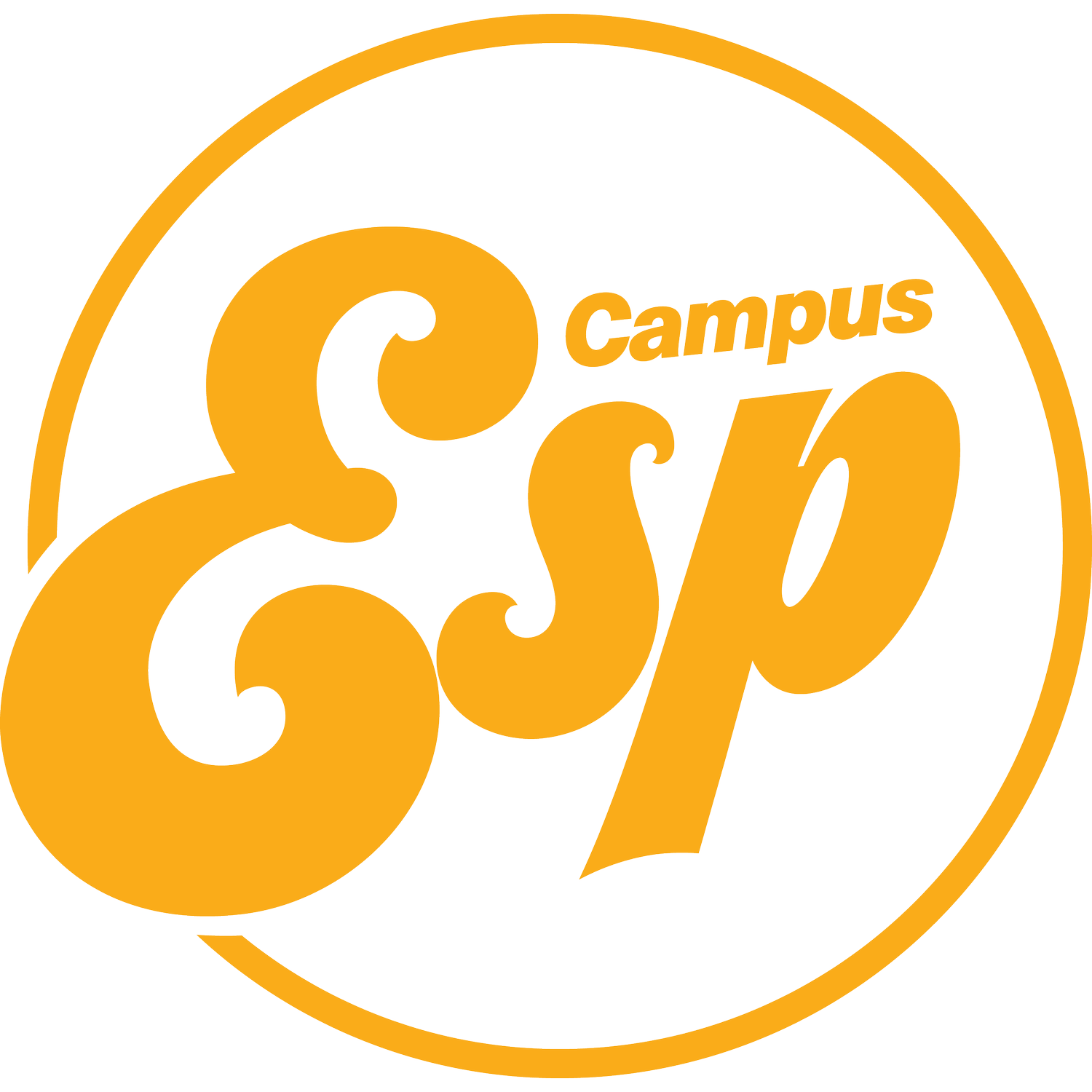Engage dual enrollment families to enroll and retain more students
Dual enrollment programs are on the rise. The number of high school students taking college courses jumped over 20% between Fall 2021 and Fall 2023, according to the latest NSC Research Center data.
As two-year college enrollment has generally fallen over the last decade, growing dual enrollment programs are bridging the enrollment gap. One study shows that high schoolers now comprise nearly 1 in 5 community college students! In addition to buoying current enrollment numbers, dual enrollment is a critical pipeline to future full-time, degree-seeking enrollment.
To really cultivate that pipeline, colleges should be communicating with families – the #1 influencers of high school students. Families are involved (and often driving) every step of the pipeline, from recruiting high schoolers into dual enrollment programs, to retaining dual enrollment students, to converting dual enrollment students into full-time students.
By engaging families early with information about program offerings, affordability, student resources, and advice, colleges can build genuine connections with families that may otherwise consider other postsecondary options.
Here’s a step-by-step guide on how CampusESP can help you reach dual enrollment families, to make a direct impact on your enrollment. (TIP: This may seem like a lot of work, but CampusESP handles all of the setup and creates 90% of the content!)
Collect parent data to personalize their experience with your college
When parents and families first log in to CampusESP, they're greeted with a built-in onboarding survey. Here, they have the opportunity to provide more information about their student and family. Colleges can collect any strategic data they’re interested in, including but not limited to:
Parents are more likely to provide this data than students are!
Parent/family name and contact information
Relationship to student
Student name and contact information
Student’s postsecondary plans
Student’s academic interests
Family language preference
First-generation status
Accessibility and other care needs
Family members interested in adult learning and certificate courses
The more information a parent or family member provides, the more personalized their experience will be. For example, the parent of a first-generation student interested in the sciences may receive different information than a Spanish-speaking parent who’s expressed interest in disability services. The best part? Most of this content is automated (but more on that below)!
Once colleges collect this data, they can offer targeted content based on family needs and student status. It’s personalized, timely content that moves the needle in student enrollment and retention.
Create a community for dual enrollment families
A community is the CampusESP feature that allows colleges to deliver targeted family communication. Parents can be added to communities by completing the onboarding survey, joining a community, or data imports from the CRM and other campus systems.
Once parents are in a community, they have a dedicated portal page to view information related to their community, including calendar events, campus resources, and any news, updates, or advice.
Communities are typically created for different demographic groups, such as first-generation families, Spanish-speaking families, and first-year families. They can also be used for specific topics, such as career development, campus life, financial information, and more.
Many two-year colleges will create a dedicated community for dual enrollment students – or even multiple communities to represent prospective dual enrollment students, current dual enrollment students, or dual enrollment students in different high school grades. All content in CampusESP can be tagged to one or multiple communities.
From the administrator's perspective, communities are also used to track important student and family data, such as demographic information and engagement levels for specific communities.
Communities help families feel more connected to a college, making them more likely to advocate for and encourage their students to remain enrolled.
Send families helpful information about the dual enrollment program
We know our community college partners are strapped for time and resources, and that’s why CampusESP curates 90% of the content for our customers. With a team of dedicated Content Managers, CampusESP creates family-focused content about student success topics, such as:
Enrollment dates and deadlines
Advising appointments and other academic support
Career services, counseling centers, food pantries, and other campus resources
Cost, financial aid, and the FAFSA
Transfer opportunities and workforce development
Open houses and campus events
Continuing education programs
Still, parents and families value hearing directly from the institutional experts - that’s you! College administrators can send additional information through various communication channels, including a portal experience, emails, newsletters, and text messages.
To provide the most accessible experience, it’s important to leverage different channels to reach different families where they are. For example, nearly 50% of Black, Hispanic, first-generation, and low-income families say that SMS is their top communication preference.
With personalized content based on a student’s status, colleges can deliver nudges to enroll or remain enrolled in a dual enrollment program. After cultivating a stronger relationship with dual enrollment families, colleges can also highlight full-time programs and benefits to convert dual enrollment students into degree-seeking students.
See the results! Recruit more dual enrollment students, retain your dual enrollment students, and convert them into degree-seeking students
Two-year colleges serve a diverse student population with varying levels of preparedness. Many students rely on familial support to make it through. To better support these students – and their supporters – many colleges are leaning into family engagement.
And it works. Colleges that use CampusESP see big impacts across student enrollment, student retention, and student success:
Inform those who need it most. 73% of parents say content from CampusESP helps them better advise their student.
Boost student enrollment. The dual enrollment to first-time freshman matriculation rate is 8% higher for students with a parent using CampusESP.
Drive student retention. Student retention is 8% higher when a parent receives regular updates on their student’s progress (up to 22% higher for students of color!).
Families are involved at all stages of their student’s academic journey – especially while students are still in high school. The earlier colleges develop a relationship with families, the more likely families became advocate for their school. As many two-year colleges seek to grow their promising dual enrollment programs, parents can be partners in student enrollment.




